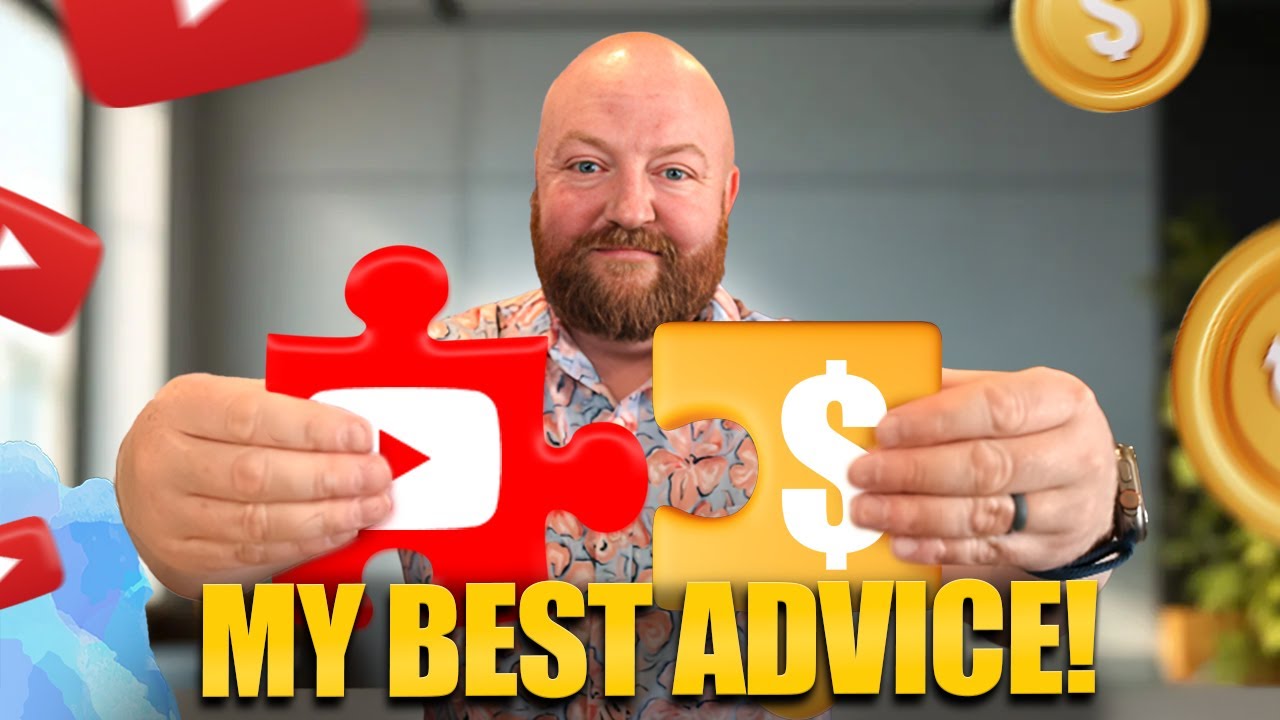Navigating the world of YouTube advertising can feel overwhelming. With so many options and strategies, how do you know where to invest your time and resources? In this episode, we break down the pros and cons of paid versus organic YouTube advertising to help you determine the best approach for your unique business needs.
Two Main Paths: Paid vs. Organic Advertising
All YouTube advertising efforts can be broadly categorized into two main types: paid advertising and organic advertising. Understanding the strengths and weaknesses of each is the first step in creating an effective strategy.
The Power of Paid Ads: Immediate Visibility and Scalability
Paid YouTube advertising offers several compelling advantages:
- Immediate Visibility: The moment your ads go live, they start generating views, clicks, and potentially even sales.
- Scalability: As you see results, you can quickly scale your reach by increasing your ad spend.
- Targeting Options: Paid ads allow for both short-tail keyword targeting and demographic targeting based on age, interests, location, and more.
- Fast Iterations & Split Testing: You can make rapid tweaks and changes to your ads and landing pages, enabling easy A/B testing to optimize your funnel for higher conversions.
- Clear ROI Tracking: Paid advertising provides straightforward data on your ad spend versus revenue generated, allowing for quick understanding of your return on investment.
The Downsides of Paid Ads: Cost and Lead Quality
Despite the benefits, paid advertising also comes with its drawbacks:
- Significant Cost: Especially in the initial testing phases, ad spend can be substantial, and profitability isn’t guaranteed immediately. Scaling successful campaigns further increases costs.
- Temporary Nature: Ads have a limited lifespan due to ad fatigue. You’ll need to continuously create new ads and target fresh audiences.
- Complex Learning Curve: Mastering the art of effective paid advertising requires significant time, focus, and effort.
- Lower Quality Leads: Leads generated through paid campaigns are often considered “cold” leads with no pre-existing trust compared to organic referrals.
The Strength of Organic Growth: Evergreen Content and Trust
Organic YouTube advertising focuses on building a long-term presence through valuable, searchable content:
- Cost-Effective & Evergreen: Content that ranks well in YouTube and Google search can continue to attract views and leads for years to come, making it a highly cost-effective long-term strategy.
- Long-Tail Targeting: Organic reach allows you to target very specific questions and topics, connecting with users who are actively seeking solutions.
- Relationship Building: By providing helpful, non-promotional content, you build trust and rapport with your audience. They sought you out for answers, positioning you as a helpful expert.
- Momentum Building: Unlike paid campaigns that stop when you stop paying, organic content continues to work for you over time. Each new piece of content adds to your overall reach and lead generation.
- High-Quality Leads: Leads generated organically are often similar to referrals. These viewers have actively searched for information and found your helpful content, indicating a higher level of interest and trust.
The Challenges of Organic Growth: Time and Volume
While powerful, organic growth also presents certain challenges:
- Time Investment: Building organic reach takes time and consistent effort. You won’t see immediate results like with paid ads.
- “Searchable Topics Only” Limitation: You primarily focus on topics and questions people are actively searching for, which might limit your ability to promote newly coined terms or less common concepts directly. However, you can adapt by addressing the underlying problems your unique concepts solve.
- Lower Initial Volume: Organic reach through search typically yields a steady trickle of traffic rather than the potentially high volume of a viral video or a successful paid campaign. However, this traffic is highly targeted and valuable, and it compounds over time.
Choosing the Right Path: A Combined Approach?
So, which method is best for you? Often, a strategic combination of both paid and organic advertising can be the most effective approach.
Many businesses start with paid ads to quickly validate their funnel and generate initial leads while simultaneously building their organic presence for long-term, high-quality lead generation. Once the organic efforts gain traction and provide a consistent lead flow, they might reduce or even eliminate their paid ad spend.
Key Takeaway for Organic Content: Focus on Value, Not Promotion
Remember that your organic YouTube content should primarily focus on answering your audience’s questions and providing value without being overly promotional. This builds trust and positions you as a helpful resource. Your website and other platforms are better suited for direct sales messages.
Ready to Dive Deeper into YouTube Ranking?
Now that you have a better understanding of paid versus organic YouTube advertising, I want to help you understand how to get your videos to rank at the top of YouTube. I’ve created another episode called “The YouTube SEO Secret Strategy.” I’ll link to it right here. I highly recommend you go watch that video now!




